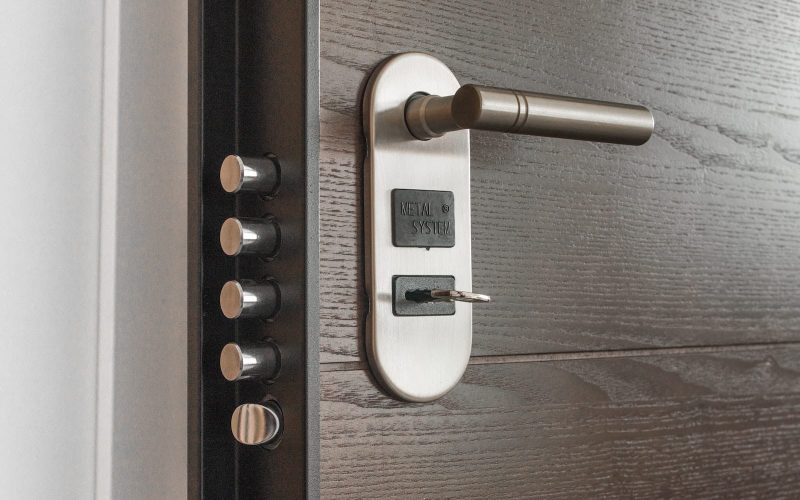Regarding the safety and protection of your home or business, door locks play a critical role.
But with so many locks available, how do you know which is right for you? Well, that’s easy if you try to understand the different types of door locks.
With that knowledge, you can make an informed selection and ensure the utmost safety for your private home.
Door locks have evolved through the years with advancements in technology and design. Unlike before, there are now many alternatives.
Despite this, each has its functions and benefits, making it vital to recognize its functionalities.
Do you need elevated convenience, more suitable protection, or both? This article will guide you through the many kinds of door locks and help you find the proper fit for your needs.
1. Chain Door Locks
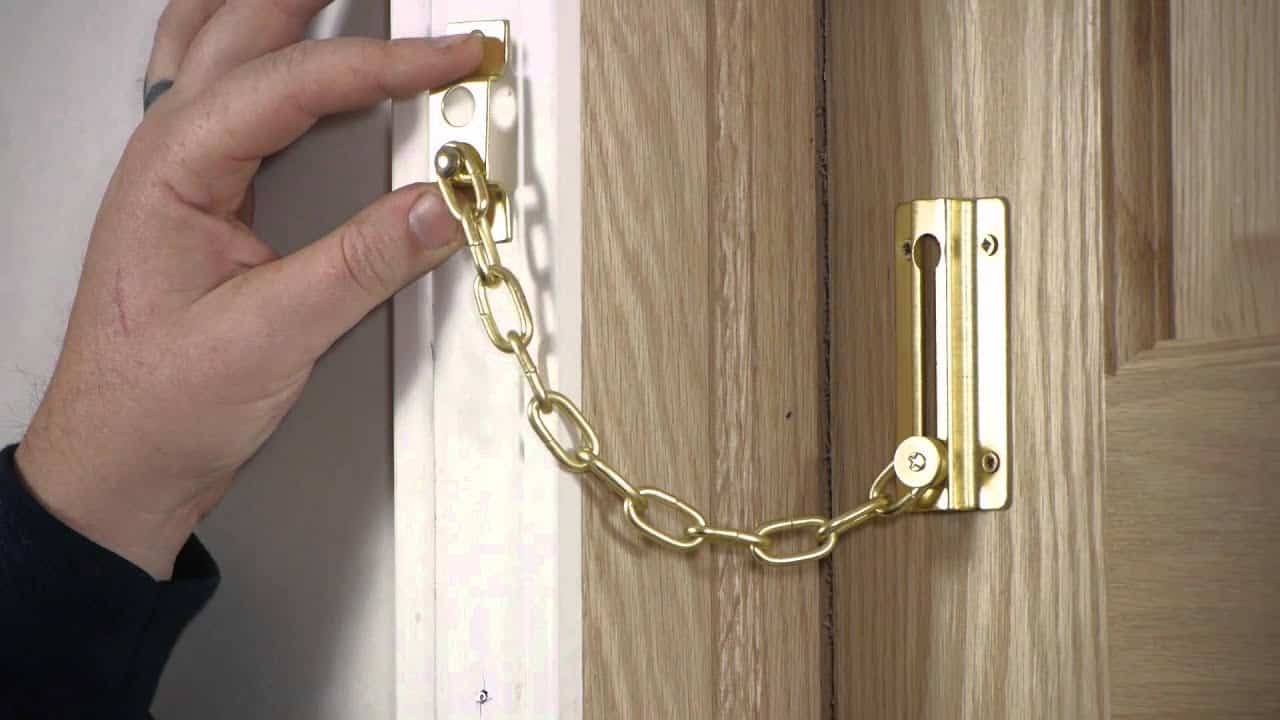
The first on our list of the different types of door locks are chain locks. When doors first existed, chain locks were the first set to be used.
The primary locking assembly attaches to the door, while an extra chain slides in place on the other end of the security setup.
Back then, you’d find this type of lock inside hotel rooms. But now, many properties are now switching to electronic locks instead.
They have opted for more modern locks, such as smart or keypad-style models.
Besides their usage in residential buildings, you’ll also find chain locks in commercial properties.
Even though technology has advanced, most large buildings still depend on this locking method.
And since the traditional bar-and-chain positioning ensures that there’s no way to jimmy open a window from outside, these locks remain a reliable choice for security even today and into the future.
2. Door Knob Locks
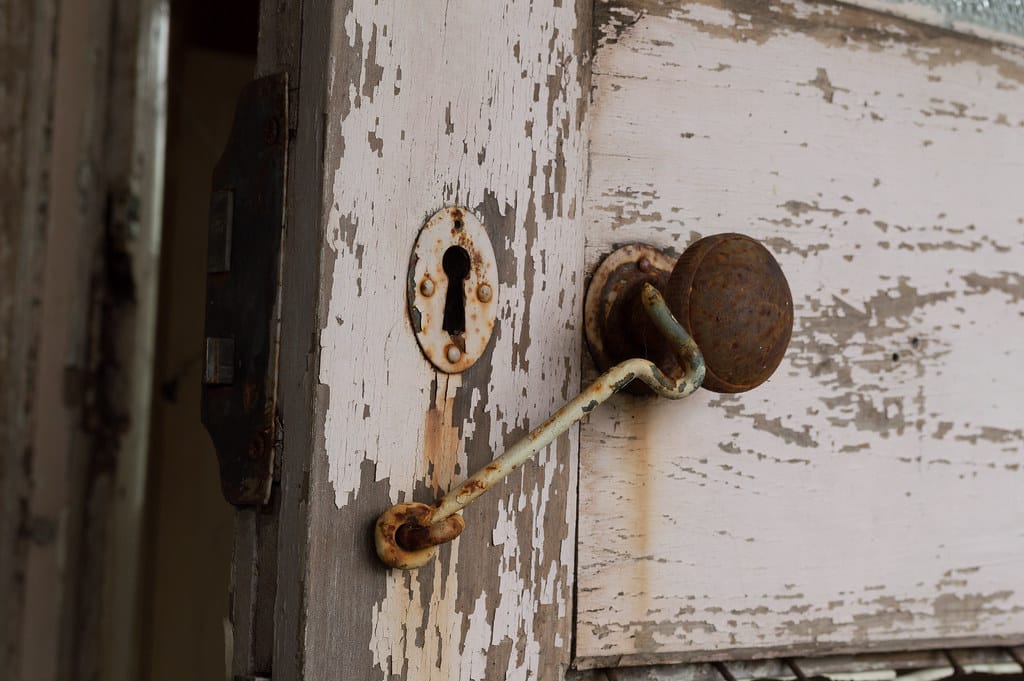
Door Knob locks are a great option for a home security system.
Most commonly used on bedroom and bathroom doors, these locks provide basic security while still being easy to use.
The locking mechanism is inside the doorknob. Hence, it’s difficult for someone to pick the lock from outside.
Some door knobs have two knobs – one on each side of the door. It may be considerably harder to pick or break a double-knob lock from the outside.
Do you want to know why? That’s because you will need two keys from both sides of the door to unlatch it.
When a single-cylinder knob is turned, it will unlock; however, a double-cylinder knob must be turned by a key from both sides of the door to be opened. Picking one of the varieties is a wise investment.
But for the door knob replacement to work correctly, you have to match the same type that was originally placed.
3. Mortise Locks
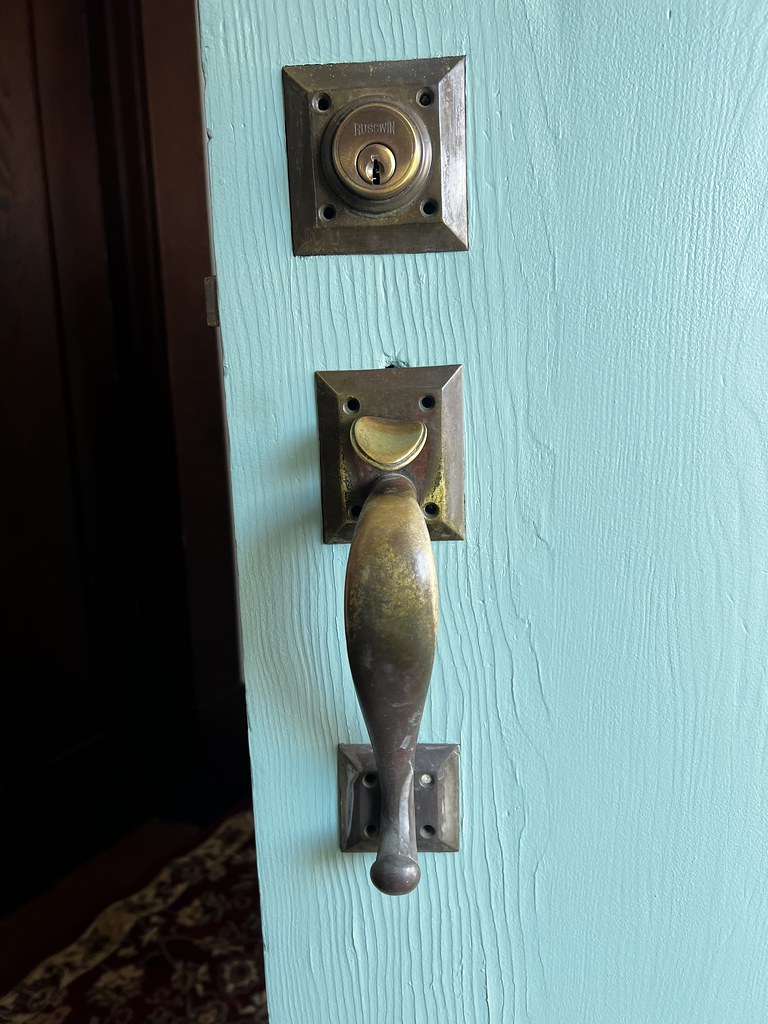
The most secure kind of locks on the market are mortise locks. They provide excellent defense against any trespassers.
You place them within the door as opposed to fastening them to the door’s surface.
Additionally, it is impossible for someone to tamper because the lock hardware is concealed inside the door.
There are two typical designs for these locks: three-lever and five-lever. They are both quite secure without compromising on usability.
These locks have security measures but are also reasonably simple to operate.
It doesn’t take long to engage and disengage them, nor does it require fumbling with various equipment.
4. Childproof Locks
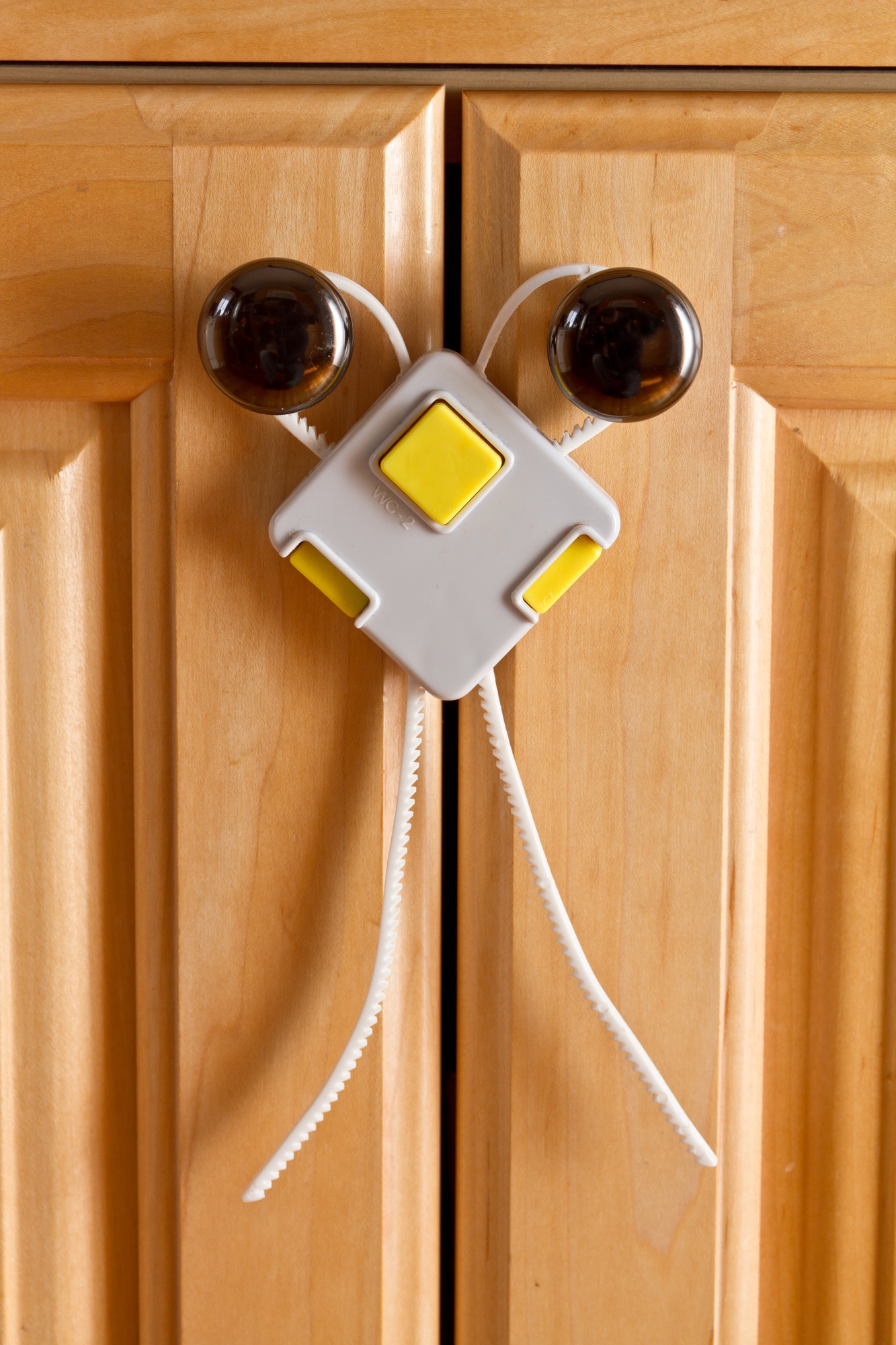
Childproof locks are among the different types of door locks and an important part of home safety for parents of young children.
These safety locks come in different shapes and sizes. Thus, you can use them on various types of doors found throughout the home.
This ensures that curious little fingers don’t get trapped or hurt while exploring their house.
The main purpose of childproof locks is to keep potentially harmful items away from children. This includes cabinet doors, refrigerator drawers, ovens, and windows.
By locking these areas, you can rest assured that your child won’t wander off into an area where they could easily get hurt.
Childproof locks also help protect smaller children from getting out and prevent them from falling to dangerous heights if windows are too wide.
5. Cam Locks
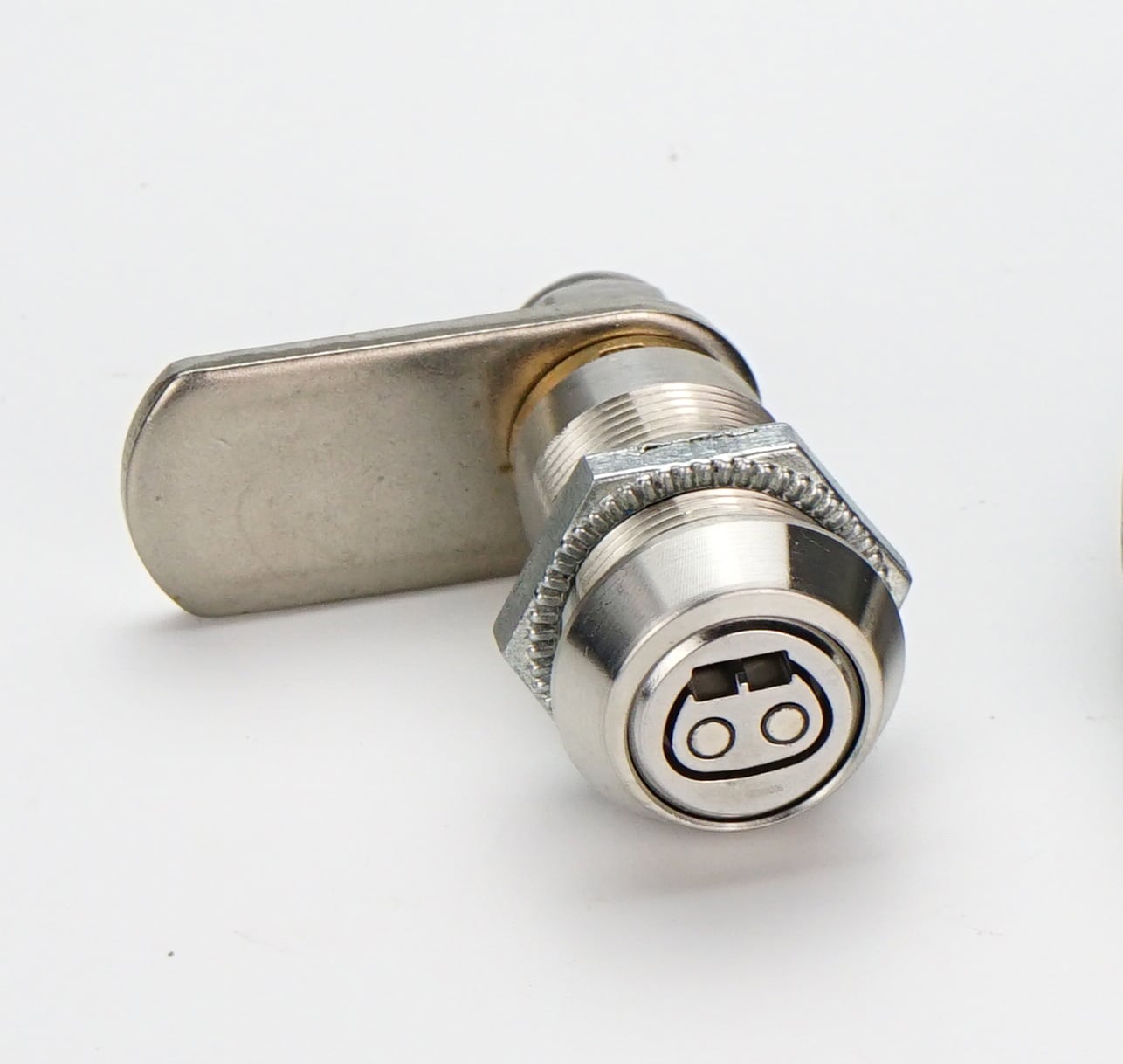
Cam locks are a good way to protect areas that need more than a lock and key.
The cylindrical fasteners are made of strong metal and have an arm, or cam, that turns to lock.
You can use them to lock vending machine drawers and doors, file cabinets, desks, and display cases.
This door-locking method protects against possible thieves without changing how the door looks.
The cam locks give fully built cabinets a way to keep their belongings totally safe by making it impossible for anyone without a key to get in.
It also gives people peace of mind when they store things like private papers or secret materials that might be at risk in a standard locker.
Cam locks add an extra layer of security, which is important in places where one wrong move could cause damage that can’t be fixed.
6. Keypad Locks
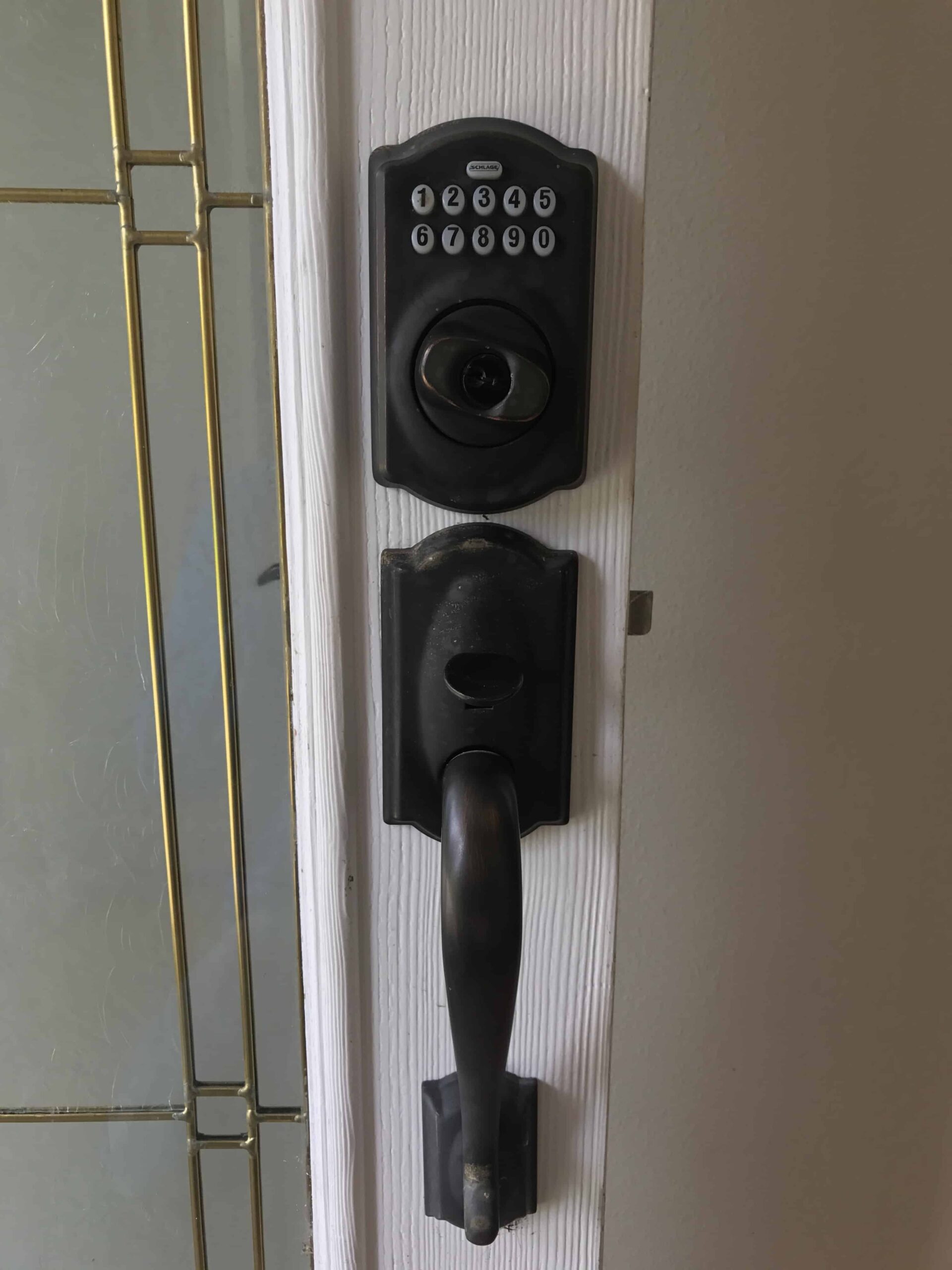
Among the different types of door locks are keypad locks. Keypad door locks are an excellent choice for buildings that require more security.
These locks can be used to restrict access or allow admission without using a key. As part of the locking mechanism, keypad locks employ deadbolt, knob, or mortise locks.
They are also typically battery-powered or mechanical. Some keypad door locks even allow several codes to tailor access control further.
This allows building administrators to easily offer access to specific individuals while keeping intruders out selectively.
Electronic keypad locks have various advantages over regular padlocks. Physical keys and a jam-resistant design are unnecessary.
As a result, they are substantially more secure than conventional lock systems since they are more difficult to pick and copy.
Only the owner can access restricted areas with a password-protected keypad entry system.
They’re also more visually appealing than standard door locks and function well with modern home automation systems.
7. Deadbolt Door Locks
The deadbolt lock is one of the safest types of locks on the market right now.
Deadbolt locks employ a lock bolt that is moved by turning a knob or key without the need for a spring, in contrast to other locks that use a conventional spring action locking mechanism.
Since this locking mechanism is difficult to unlock with a knife or other hand tool, it is better suited to withstand physical attacks like battering and drilling.
Deadbolt locks come in three primary varieties: vertical, double-cylinder, and single-cylinder.
Only one side of the key is required to engage a single-cylinder lock. Conversely, double-cylinder deadbolts require two keys to operate.
In locations where it is essential to have higher security levels, they provide an additional layer of protection.
The final kind, vertical deadbolts, is primarily used for sliding doors and is thumb-turn only. Each of the three varieties provides a robust defense against break-ins and invasions.
For homes or companies looking for additional security against criminals, they are, therefore, perfect.
8. Hand Levers
Among the different types of door locks are hand lever locks.
They work incredibly well to increase the security of interior doors, including those to closets and basements.
They have a basic rotating lock mechanism between them, consisting of a lever on one side and a knob on the other.
This gives anyone wishing to secure their house a simple locking mechanism that doesn’t require keys or additional equipment.
Having an easy-to-turn lever without any sophisticated mechanics can be enough of a deterrent for those curious eyes outside your door, as many robbers strive to avoid picking locks!
But keyed-lever locks are an additional option for increased security.
These are ideal for situations where you find yourself locked out late at night because they offer key access from both sides of the door in the event that you become locked out!
And moreover? They are available in various styles and colors to go nicely with the surrounding design!
9. Electronic Locks
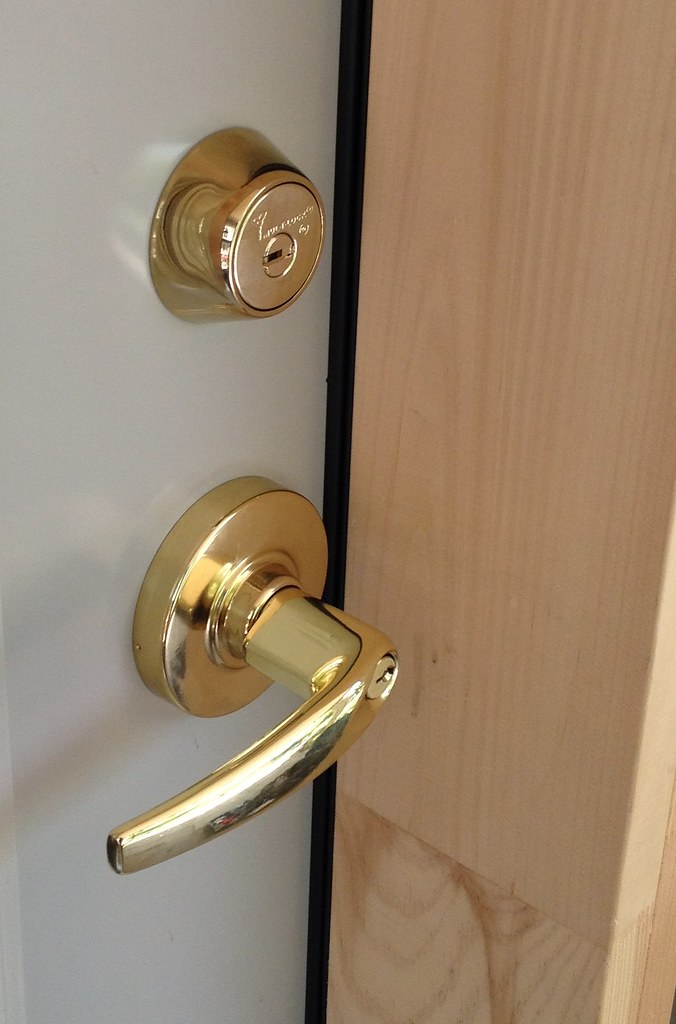
When trying to improve the security of their houses, homeowners choose electronic locks.
They offer a practical and efficient means of keeping unwanted people off your land.
Instead of using conventional keys, these locks unlock, open, and lock the door as needed via a network of motors or magnets.
Electronic locks usually need you to swipe a card or enter a code in order to get in rather than a physical key.
In certain variants, the code can be entered directly at the door through a little screen situated on the handle.
Electronic locks have a lot of benefits. One reason is that they are considerably more difficult for burglars to breach without the proper codes or cards connected to them.
They are thus better than more conventional approaches to door access.
Unlike traditional keys, electronic locking mechanisms do not break. Nobody can enter your locked doors except you and those with the proper authorization.
Furthermore, unlike many previous locking systems, these systems require no ongoing monitoring and are reasonably simple and affordable to install.
10. Handlesets
A classy and safe approach to keeping your home’s entry doors safe is with handle sets.
The handle set lock is far more secure than doorknob locks because it has a deadbolt instead of a spring.
Also, compared to other locks, the door appears more sophisticated because of the ornamental handle that gives flair and refinement to the exterior.
You may quickly unlock and open the door using a turn knob or a key on the inside.
You can preserve your energy for other chores by choosing this alternative instead of using doorknobs, which demand delicate hands and finger strength.
Furthermore, handle set locks have the added advantage of not needing to be replaced frequently.
They comprise durable materials like brass or stainless steel. But we can’t say the same for less expensive doorknob models.
11. Disc Door Locks
Disc locks are well known for being straightforward and simple to rekey.
It modifies the core without disassembling it, which makes it a great option for larger organizations and companies.
Also, you can use the control key to remove the whole interior of the core from within, while the regular operator key opens the door like any other key.
Disc locks are a great security option for offices and godowns because of their many benefits.
For example, its double-key system prevents unauthorized individuals from accessing it, providing even more security against trespassers.
Disc locks can thereby greatly increase security in high-security areas.
12. Latch Locks

The last on our list of the different types of door locks are latch locks.
The spring-loaded bolt with an angled top edge retracts and disengages from the lock when someone turns the handle to open the gate or entrance.
When the spring reaches a certain point, its pressure is released, causing the bolt to shut into the strike plate very quickly.
One of latch locks’ main advantages over traditional deadbolts is their automatic door closure mechanism.
Another benefit of latch locks is that they frequently outlast other types of locks in terms of durability.
They provide better security against unauthorized access because they are harder to pick and require no external key to function.
Moreover, latch locks usually incorporate anti-drill plates to prevent drilling past their security level.
Conclusion
Door locks are important for every building with people or valuable stuff. There are many options in the market right now, which can make choosing one hard.
But if you have studied the different types of door locks discussed in this article, you have nothing to worry about!




